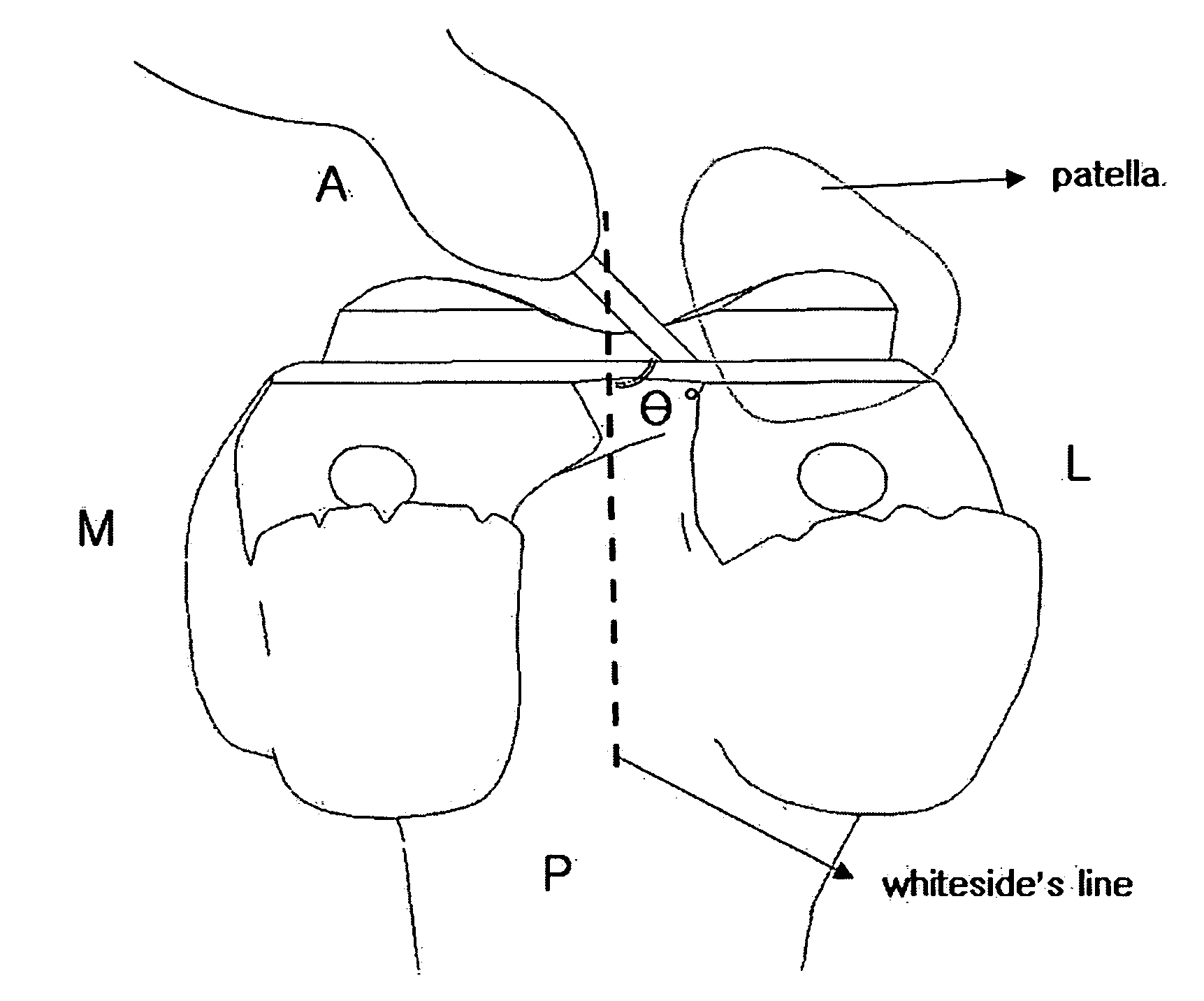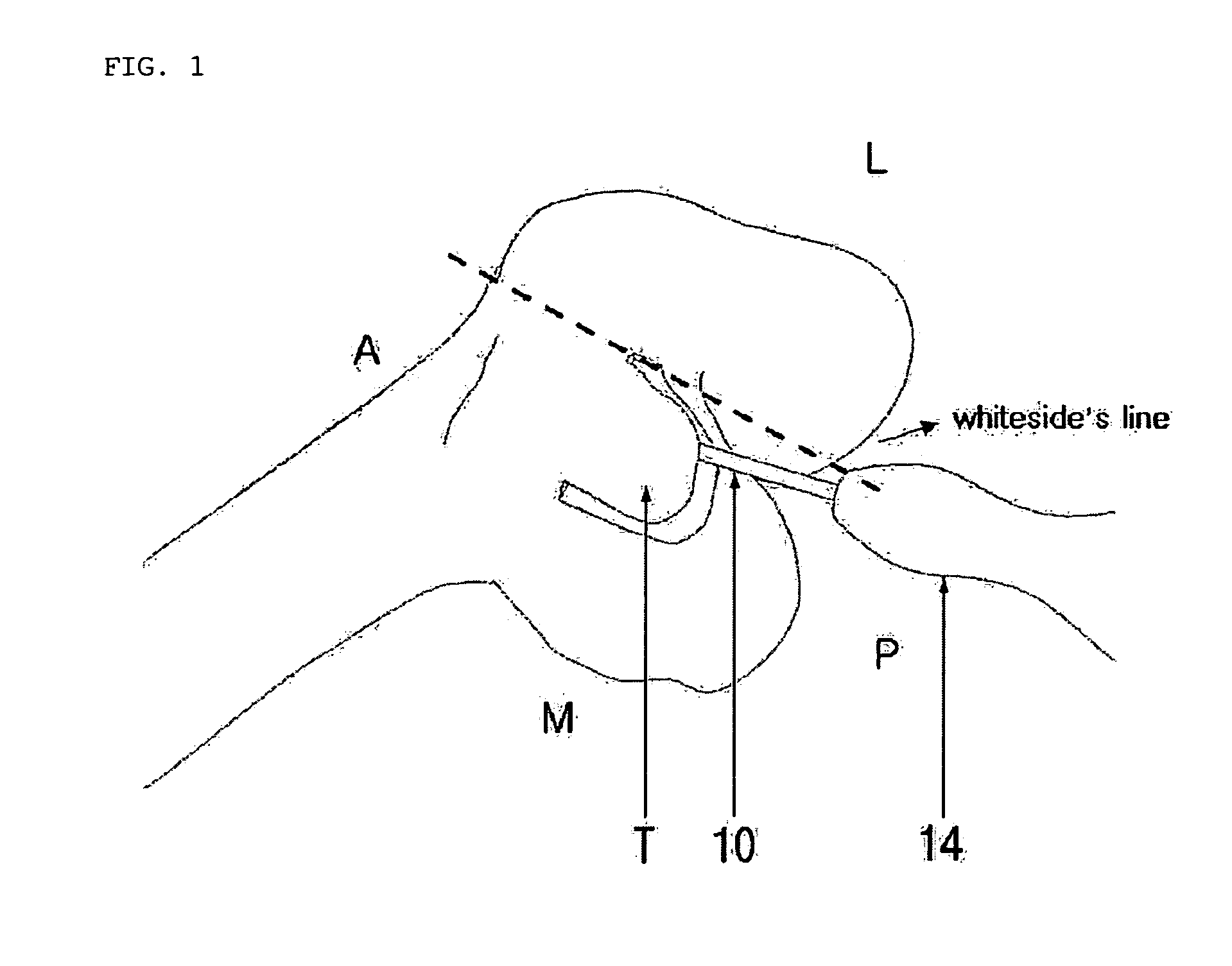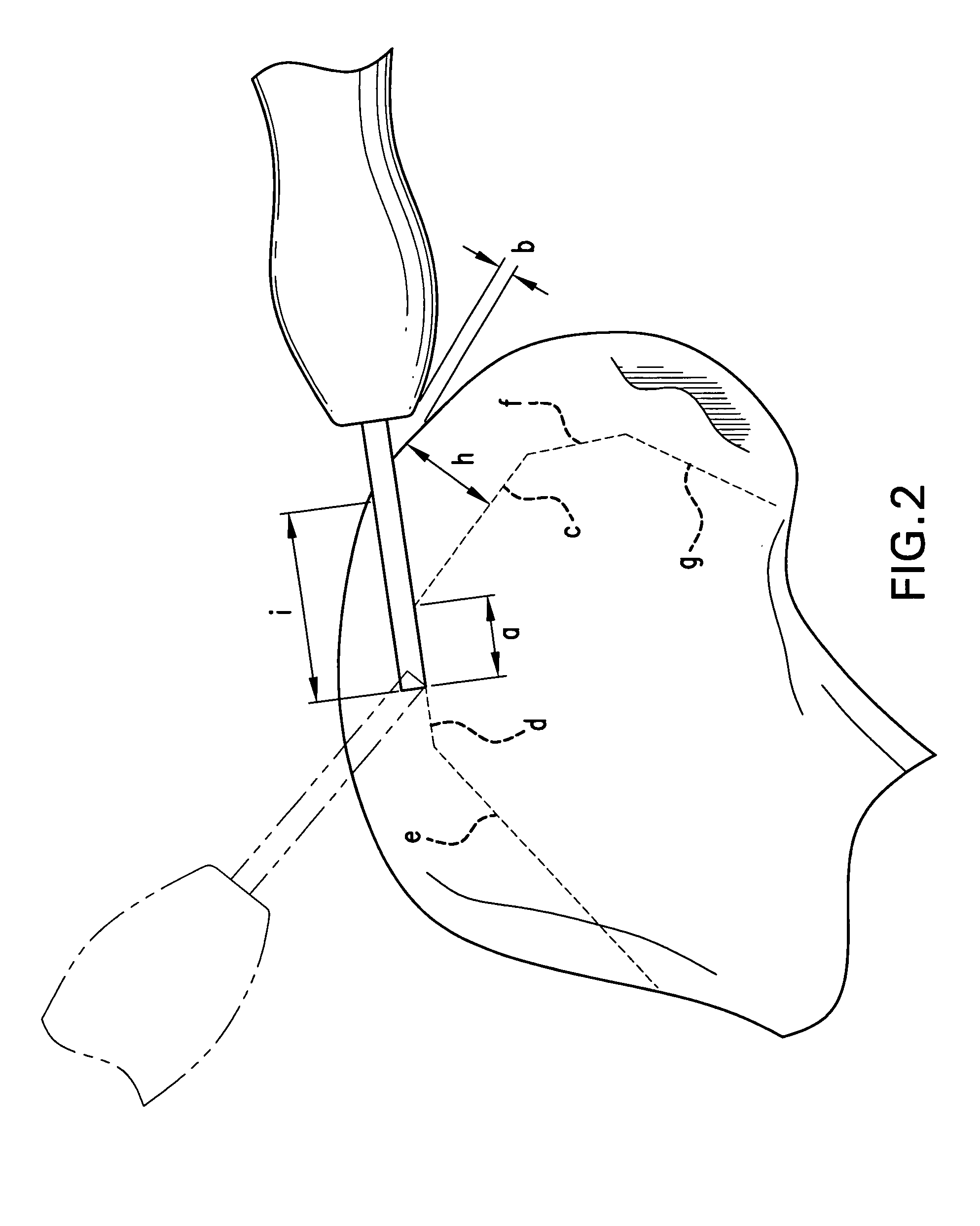Method and system for cutting knee joint using robot
a robot and knee joint technology, applied in the field of surgery using robots, can solve the problems of difficult to precisely insert an artificial joint, excessive bone damage, and high risk of bone damage in the milling of bone or surrounding tissue,
- Summary
- Abstract
- Description
- Claims
- Application Information
AI Technical Summary
Benefits of technology
Problems solved by technology
Method used
Image
Examples
Embodiment Construction
[0044]The present invention includes all devices for the positioning, the moving and the force feedback mechanisms of a cutting system mounted to the distal end of a robot to implement minimal / less invasive surgery. Also, the present invention includes the devices which are arranged on the distal end of the robot having multi-degree of freedom and perform a cutting operation, the devices involving a power generation device, a power transmission device, a sensor for monitoring cutting force applied to an end effecter, and cutters having various diameters necessary for cutting bone.
[0045]Also, the present invention includes a cutting system which involves a short cantilevered rotary cutter for minimal incision, and a tunnel type cutting method.
[0046]Moreover, the present invention includes chatter blockers (chatter prevention technology) which are formed on the distal end of the head of the cantilevered cutter, the retention of a helix angle of 10˜20° on the circumferential outer surf...
PUM
 Login to View More
Login to View More Abstract
Description
Claims
Application Information
 Login to View More
Login to View More - R&D
- Intellectual Property
- Life Sciences
- Materials
- Tech Scout
- Unparalleled Data Quality
- Higher Quality Content
- 60% Fewer Hallucinations
Browse by: Latest US Patents, China's latest patents, Technical Efficacy Thesaurus, Application Domain, Technology Topic, Popular Technical Reports.
© 2025 PatSnap. All rights reserved.Legal|Privacy policy|Modern Slavery Act Transparency Statement|Sitemap|About US| Contact US: help@patsnap.com



